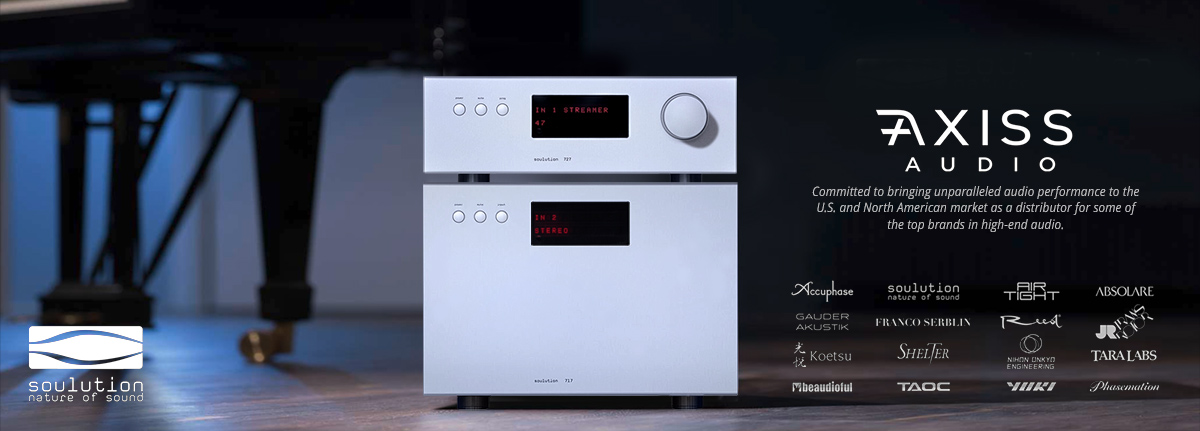I remember several years ago when passive preamps such as Placette were all the rage whereas now I just don't seem to hear people talking about them
I seem to remember that Mike Lavigne had a Placette that he raved about.
I also remember the issue that if a passive preamp is used it needs short interconnects in the system.
Anyone here using a passive preamp and what are your thoughts
I seem to remember that Mike Lavigne had a Placette that he raved about.
I also remember the issue that if a passive preamp is used it needs short interconnects in the system.
Anyone here using a passive preamp and what are your thoughts

















